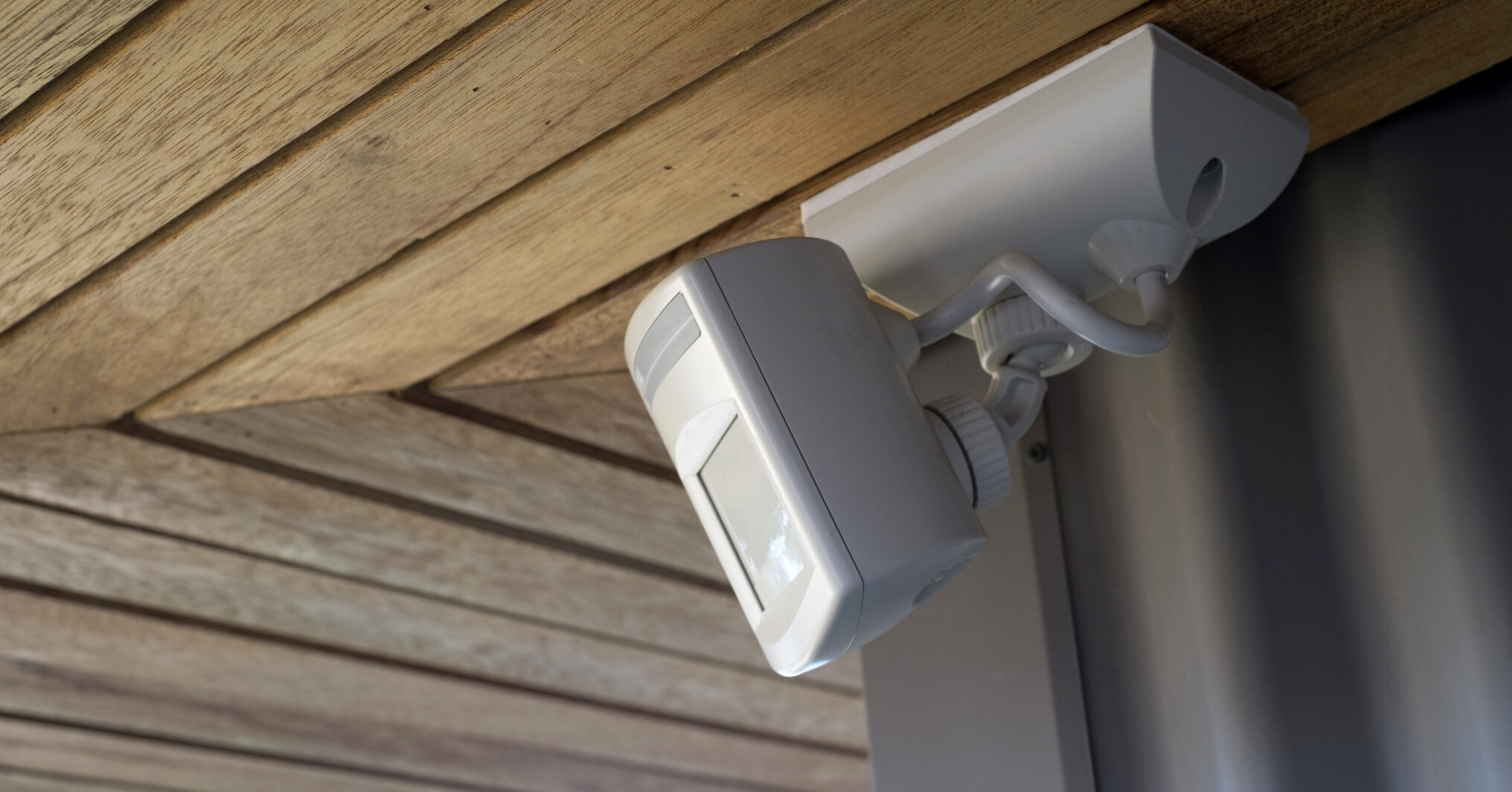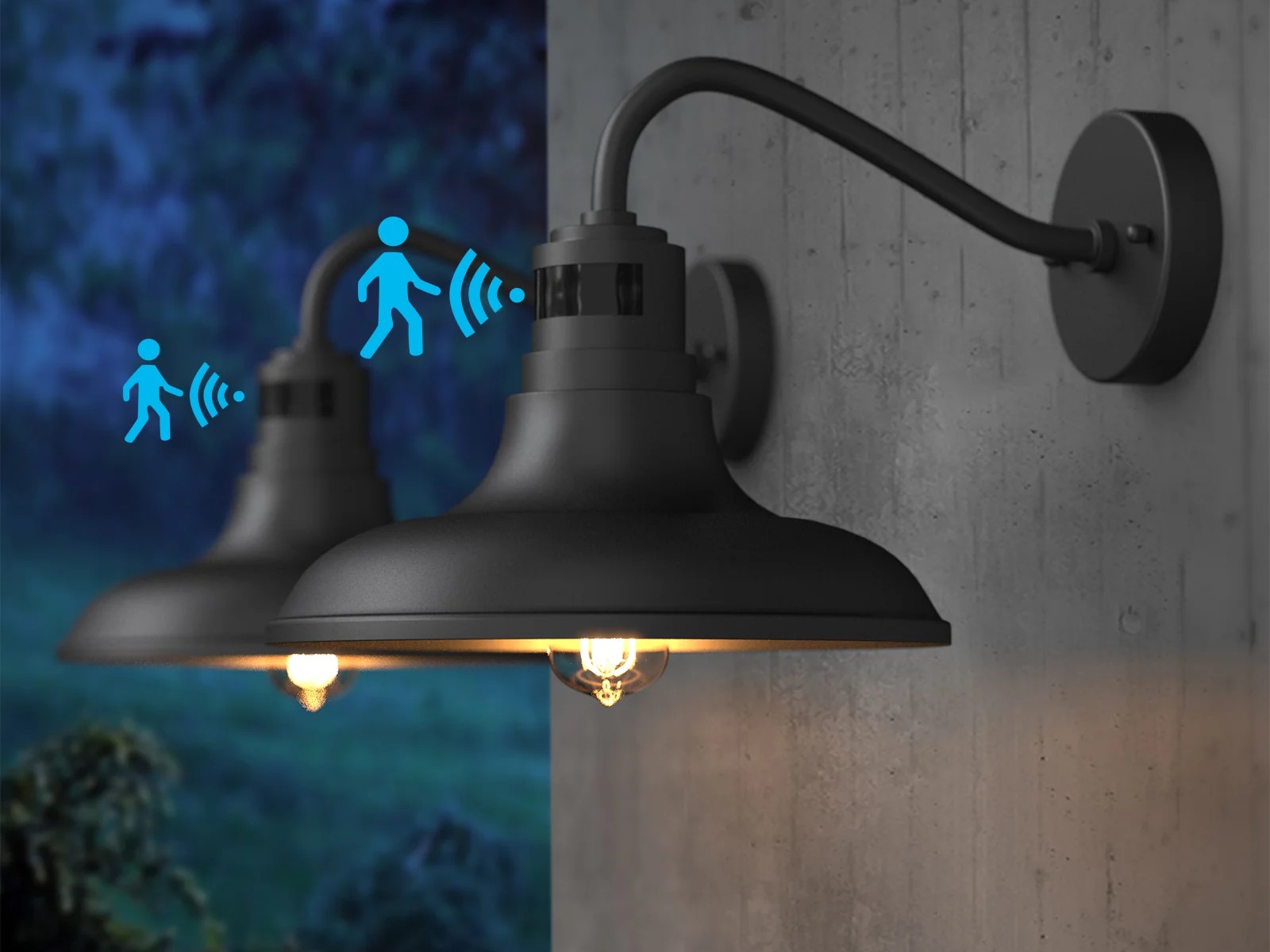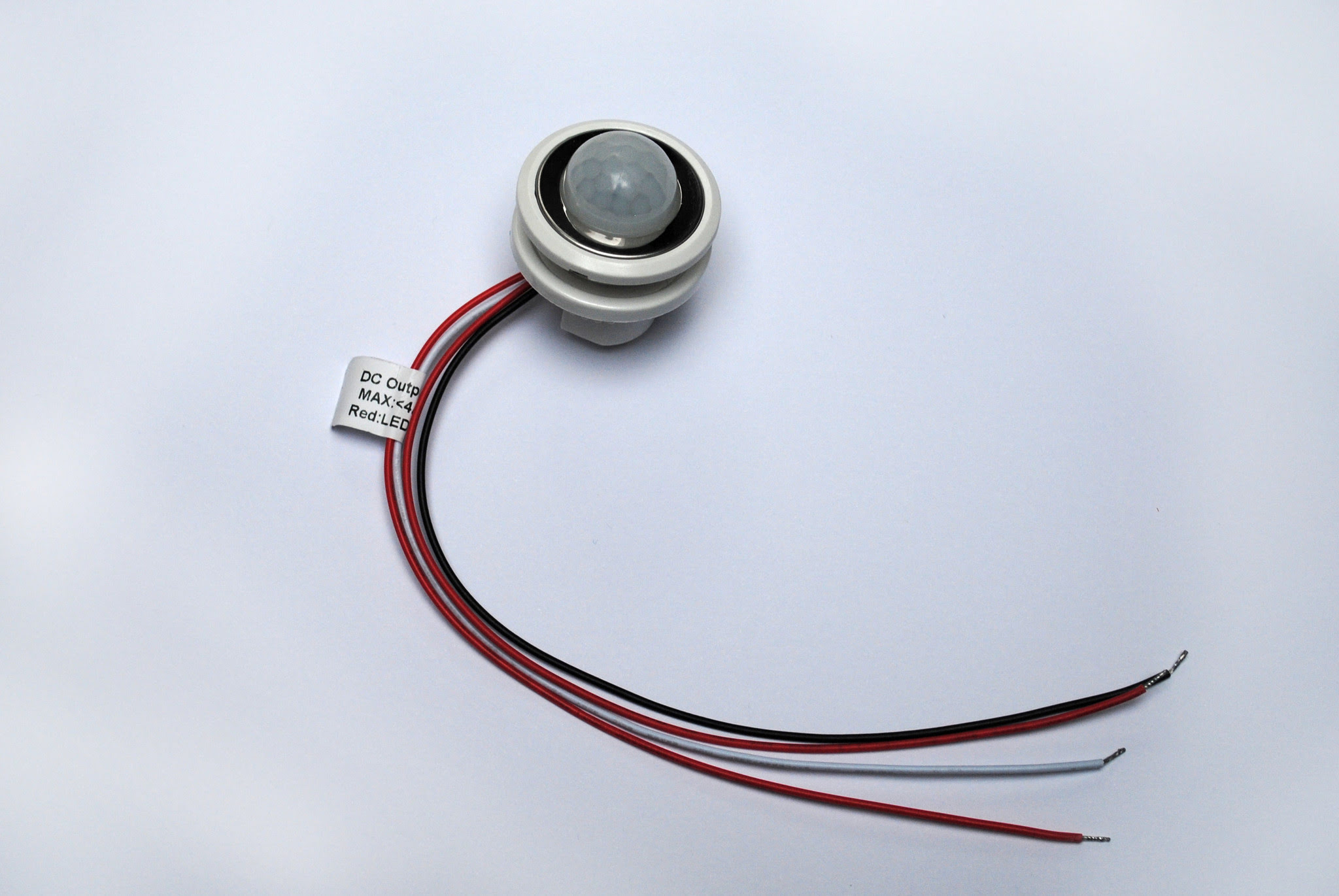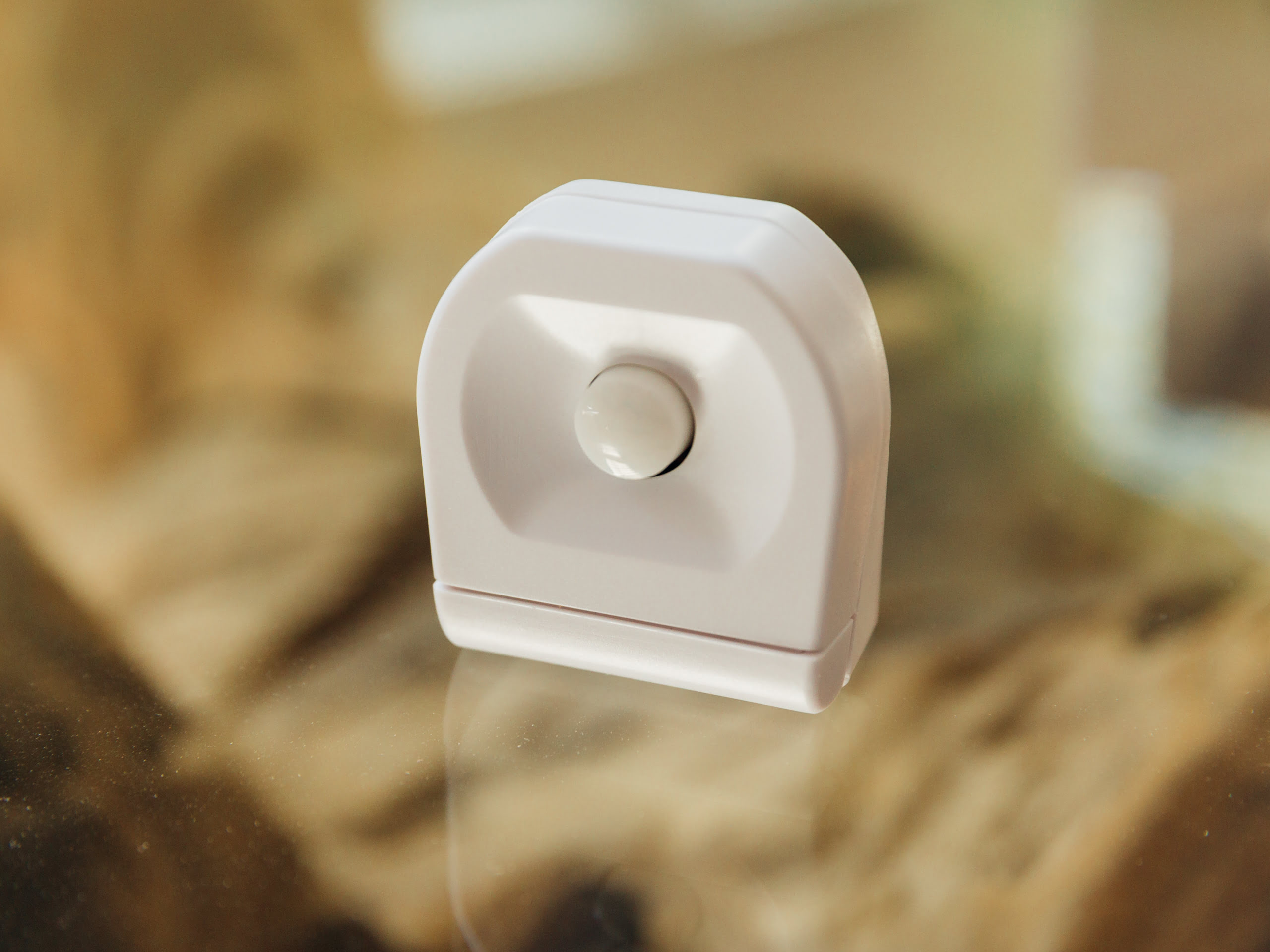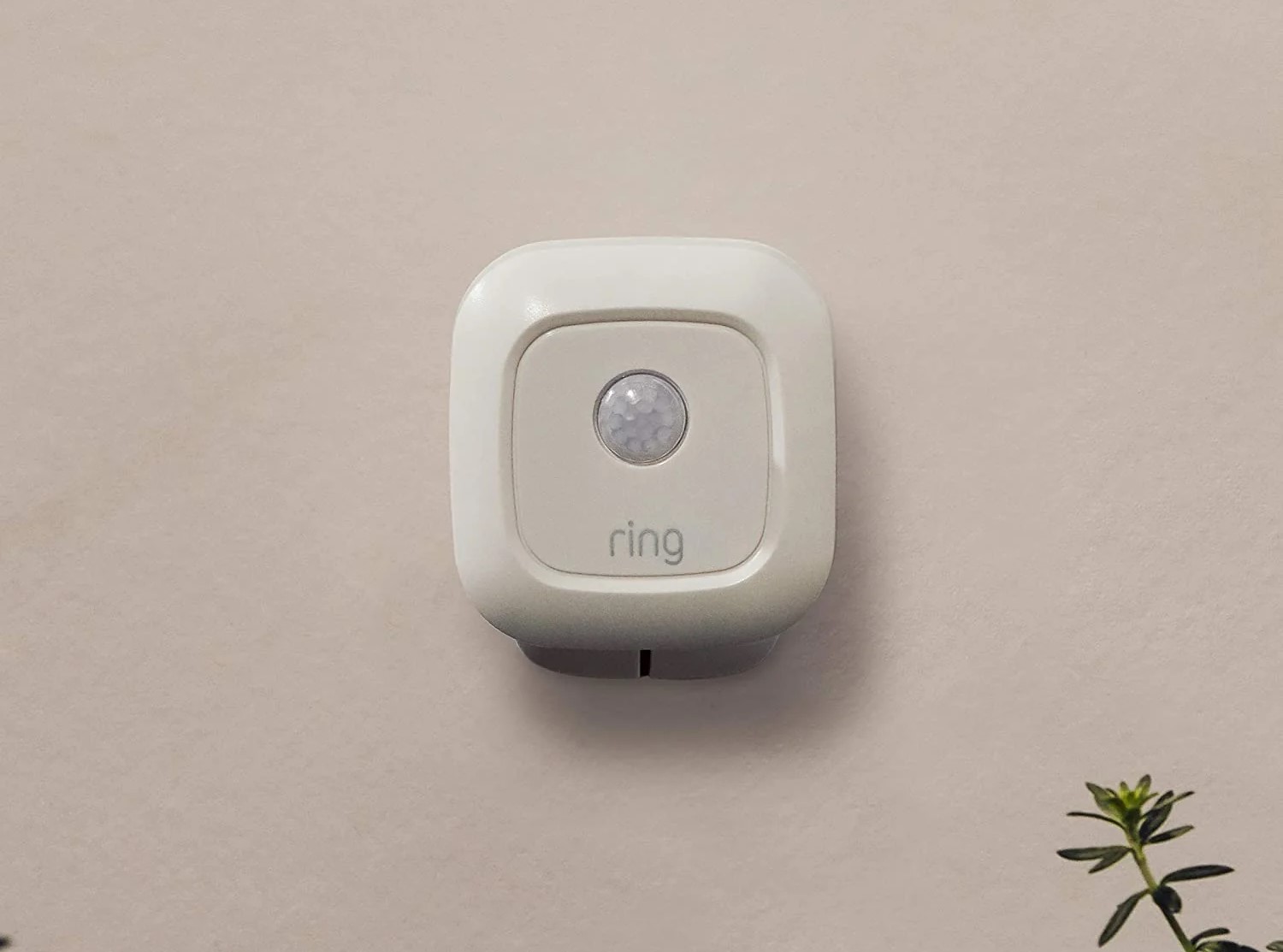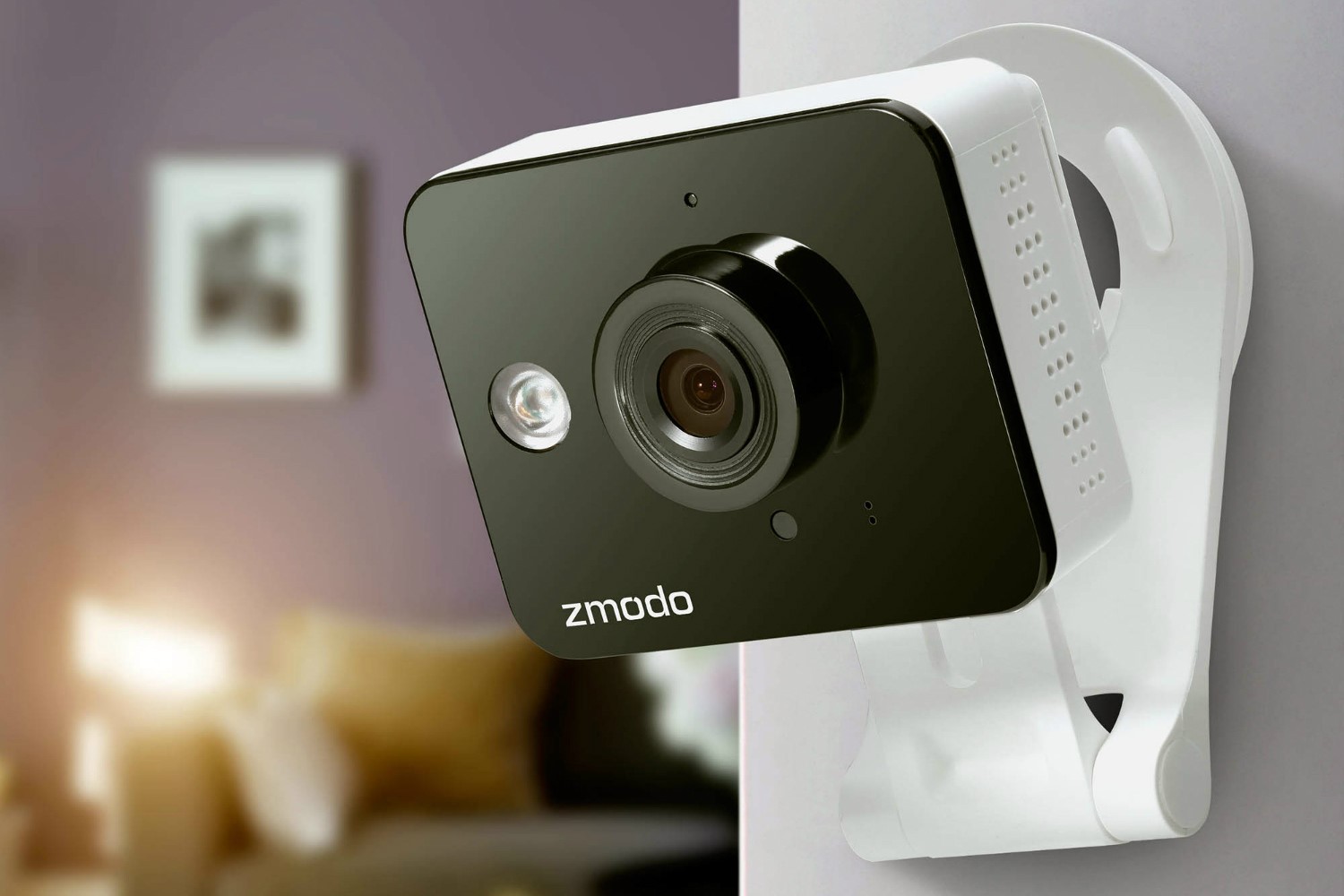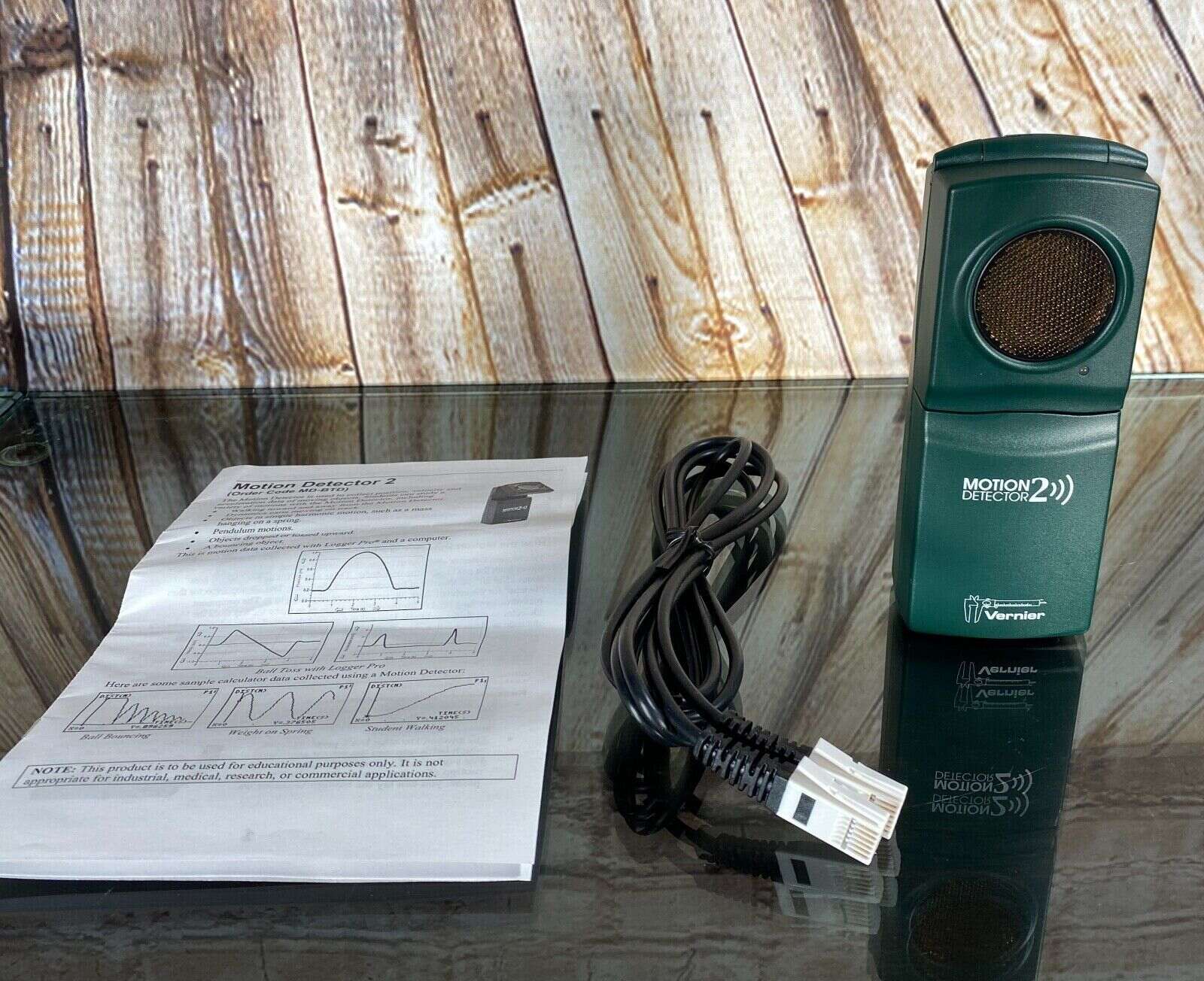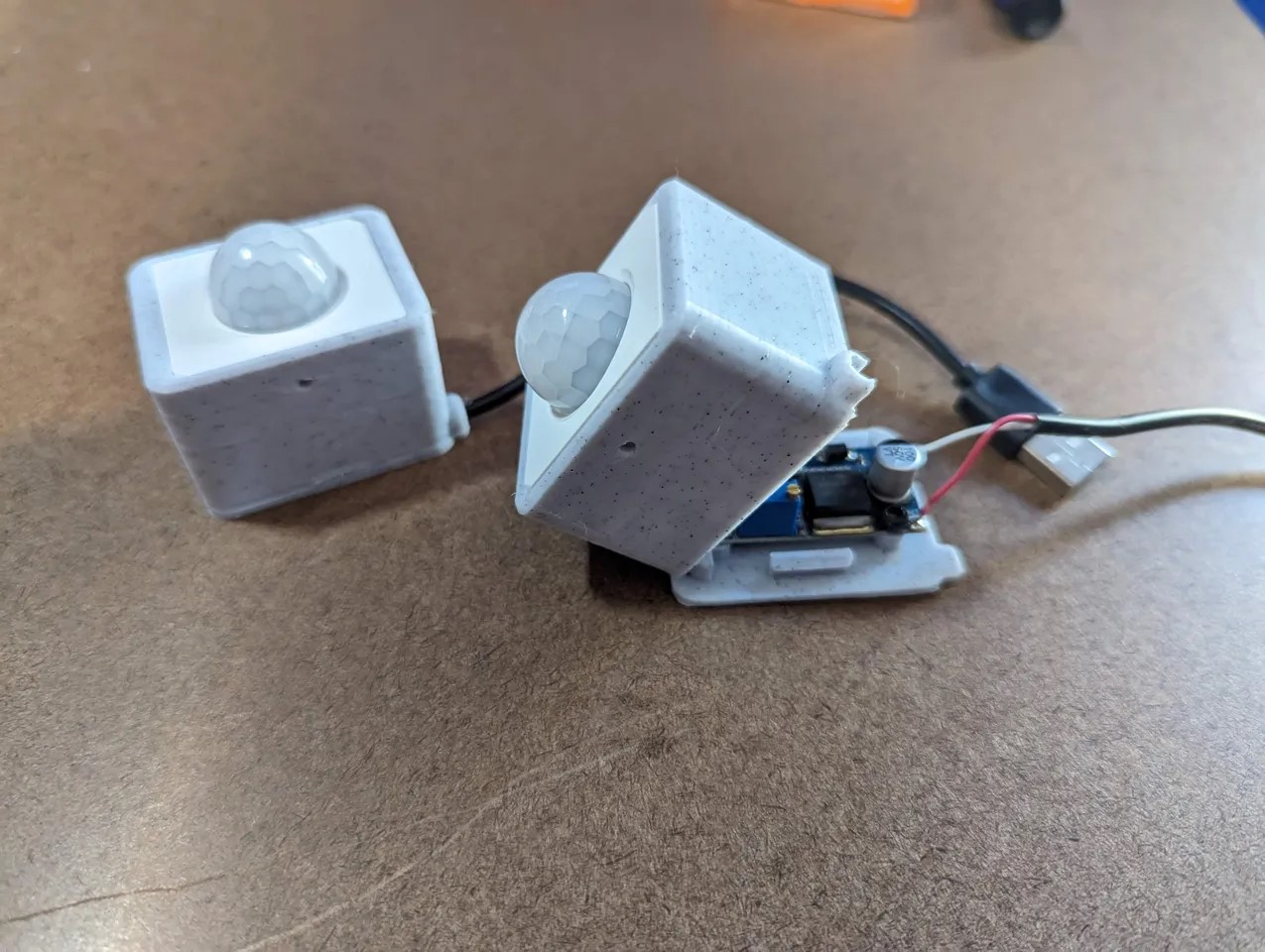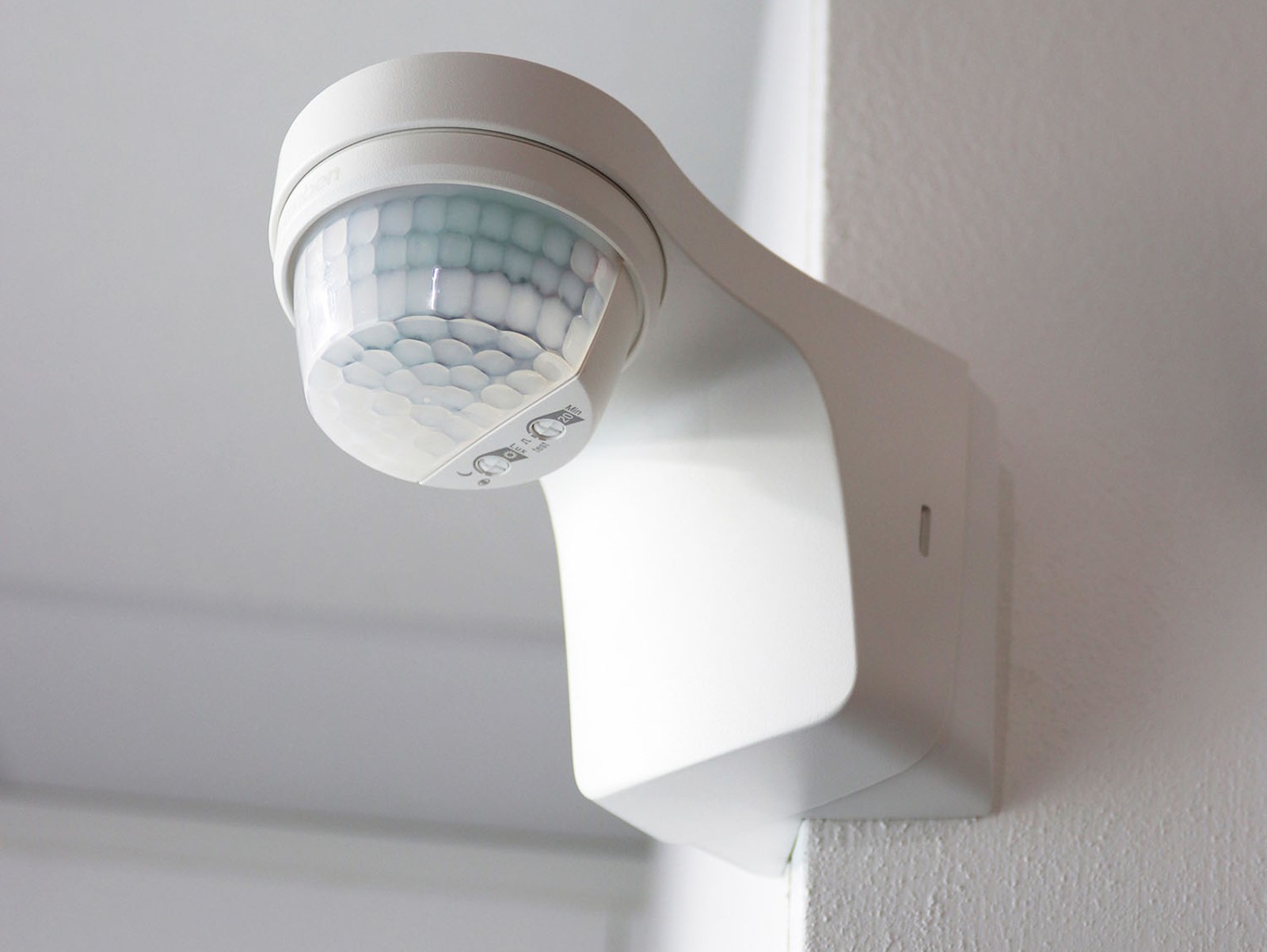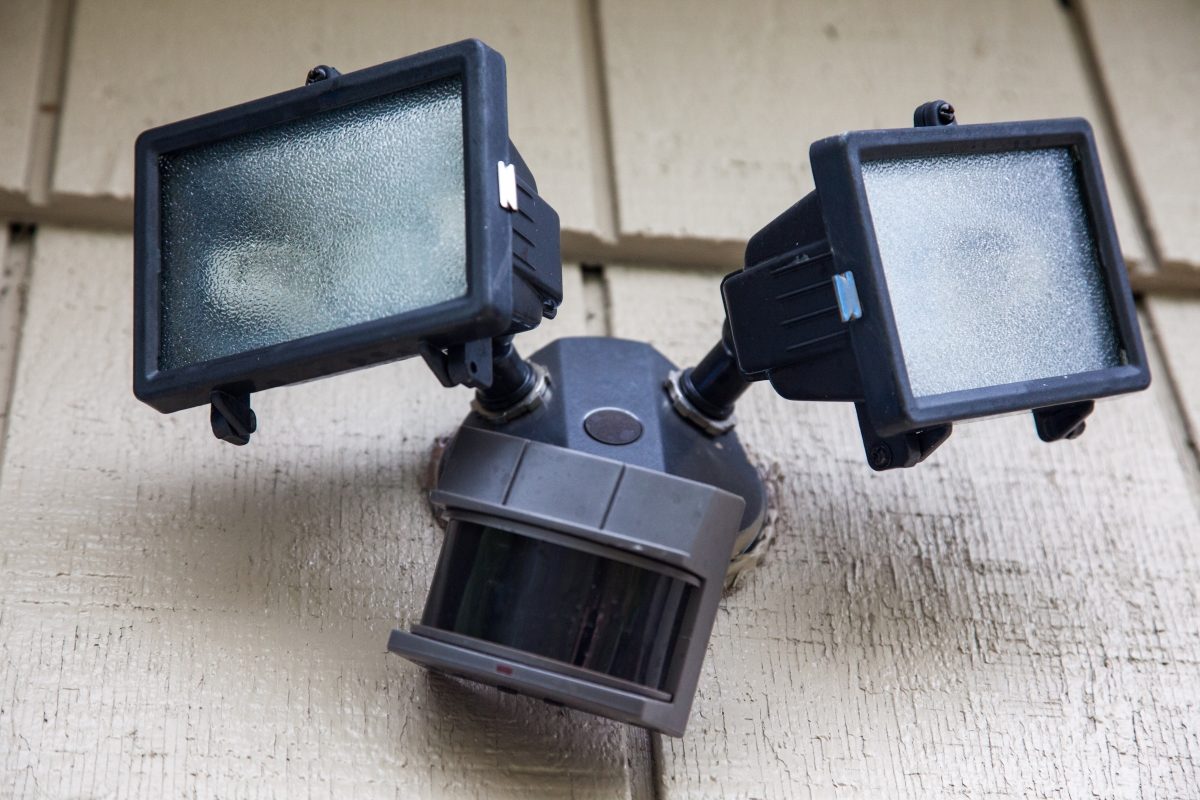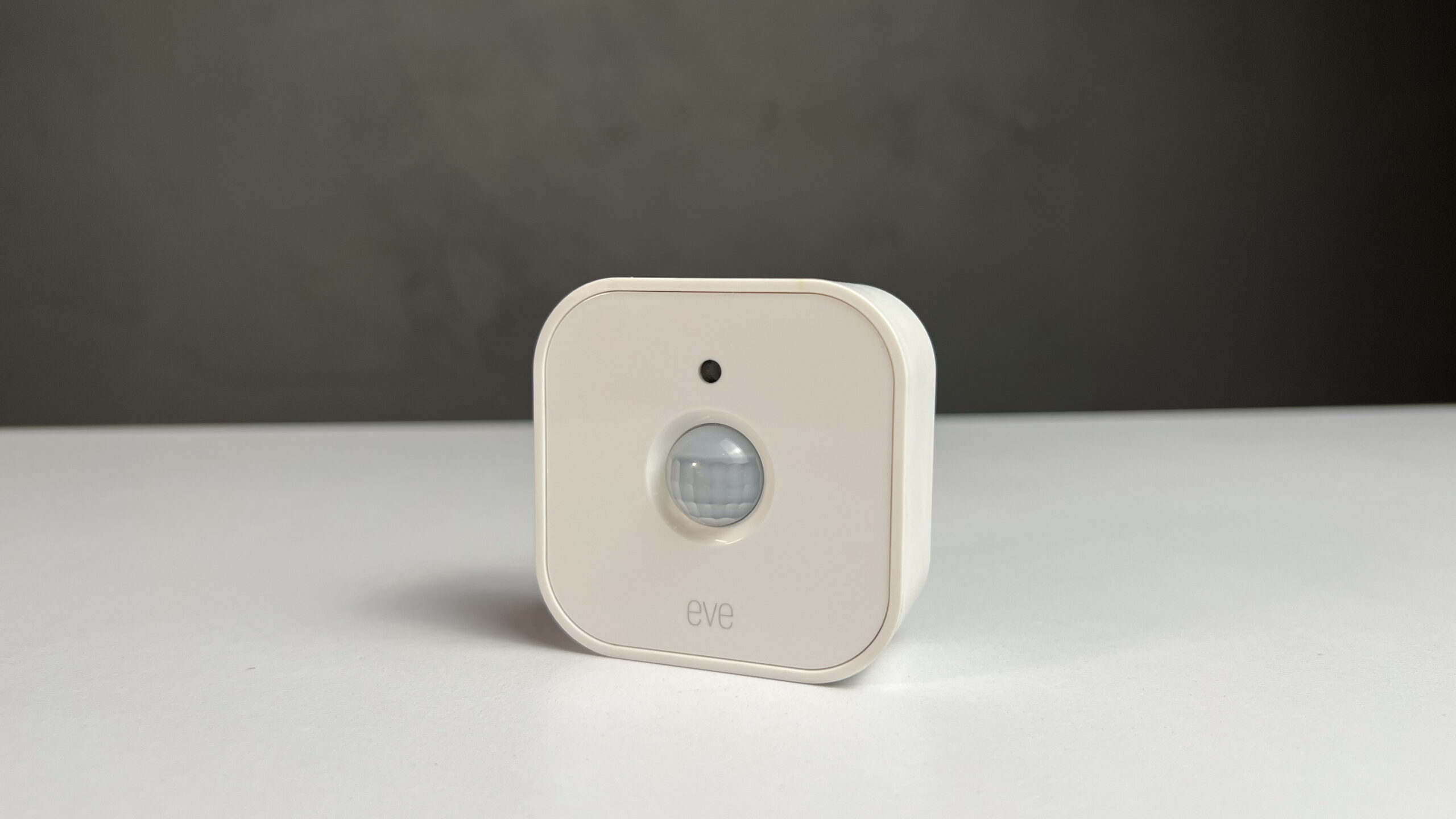Home>Home Security and Surveillance>Where Is The Motion Detector On Mini Cams
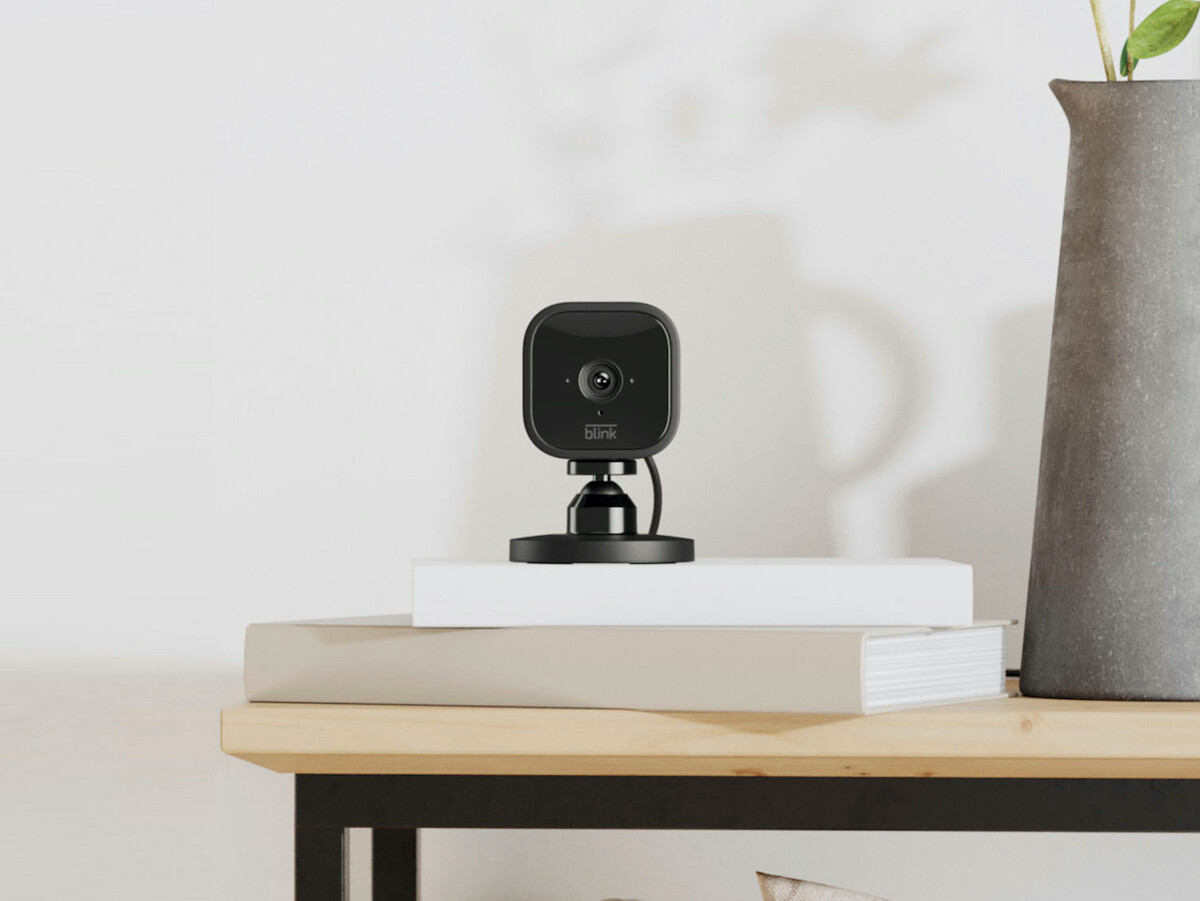

Home Security and Surveillance
Where Is The Motion Detector On Mini Cams
Modified: March 6, 2024
Enhance your home security and surveillance with mini cams. Discover the location of motion detector on mini cams for added protection and peace of mind.
(Many of the links in this article redirect to a specific reviewed product. Your purchase of these products through affiliate links helps to generate commission for Storables.com, at no extra cost. Learn more)
Introduction
Welcome to our guide on home security and surveillance, focusing specifically on the motion detector feature in mini cams. In today’s world, ensuring the safety and security of our homes is of utmost importance, and having the right tools is essential. Mini cams, also known as mini cameras or spy cameras, have become increasingly popular for home security purposes due to their compact size and discreet functionality.
In this article, we will explore the significance of motion detectors in mini cams and guide you on finding the motion detector on these devices. Understanding how motion detectors work and their location within mini cams is crucial for maximizing their effectiveness in monitoring and safeguarding your home.
Whether you are a homeowner concerned about intruders or a parent wanting to keep an eye on your children, knowing where to find the motion detector on your mini cam will enable you to leverage this technology to maintain a safe and secure environment.
Key Takeaways:
- Motion detectors in mini cams conserve battery life and storage space by recording only when movement is detected, enhancing home security and minimizing the need for constant monitoring.
- Locating the motion detector on your mini cam is crucial for optimizing its effectiveness. Troubleshoot any issues by checking power, adjusting settings, and seeking manufacturer assistance.
Understanding Mini Cams
Before we delve into the specifics of motion detectors, let’s familiarize ourselves with mini cams and their characteristics. Mini cams are compact surveillance cameras that are designed to be discreet and easily concealable. These cameras are typically small in size and can be easily mounted or placed in inconspicuous locations.
Mini cams come in various forms, such as wireless or wired, and may offer features like night vision, audio recording, and live streaming capabilities. They are commonly used for home security, nanny monitoring, or keeping an eye on pets or possessions.
These devices are incredibly versatile and can be hidden in common household objects like alarm clocks, pens, or even smoke detectors. This covert nature makes mini cams an effective solution for capturing video footage without arousing suspicion.
Understanding the different types of mini cams and their capabilities is essential in selecting the right device for your specific needs. Factors to consider include video quality, storage options, compatibility with mobile devices, and ease of installation.
Now that we have a basic understanding of mini cams, let’s explore why motion detectors play a crucial role in their functionality.
Importance of Motion Detectors in Mini Cams
Motion detectors are a vital component of mini cams as they ensure that the camera only records when there is movement in its field of view. This feature is essential for several reasons:
1. Enhanced Security: By activating the recording function only when motion is detected, mini cams with motion detectors help conserve storage space and battery life. Additionally, this feature allows you to focus on the critical moments by capturing footage of any movement or activity in the designated area.
2. Intruder Identification: With the ability to detect motion, mini cams equipped with motion detectors become an invaluable tool in identifying potential intruders. Whether it’s an attempted break-in or suspicious activity around your property, these cameras will promptly capture the necessary evidence to aid law enforcement or protect your property.
3. Efficient Monitoring: Motion detectors enable mini cams to start recording only when movement is detected, minimizing the need to constantly monitor live feeds. This feature is especially beneficial when you are away from home and want to ensure the security of your property without continuously checking the camera.
4. Cost-Effective Solution: Motion detectors in mini cams offer a cost-effective solution compared to continuously running surveillance systems. Instead of recording hours of uneventful footage, motion detection technology ensures that you capture only the relevant moments, saving storage space and reducing the need for extensive playback during review.
5. Peace of Mind: Mini cams with motion detectors provide peace of mind by serving as a constant and vigilant watchful eye over your home or workplace. Whether you’re concerned about the safety of your family, the activities of pets, or potential workplace incidents, motion detectors offer reassurance by capturing any unusual or unexpected movement.
Now that we understand the importance of motion detectors in mini cams, let’s move on to the next step: finding the motion detector on your device.
Searching for the Motion Detector
While mini cams come in various shapes and sizes, locating the motion detector on your specific device may require some investigation. Here are a few steps to help you in your search:
1. Read the User Manual: The first step is to refer to the user manual that came with your mini cam. The manual should provide detailed information on the device’s features and specifications, including the location of the motion detector. Look for sections that discuss motion detection or sensor placement.
2. Examine the Physical Features: Carefully inspect the mini cam to identify any visible sensors or lenses that may indicate the presence of a motion detector. The motion detector may be a small lens-like component or a series of infrared sensors. Check for any markings or labels that indicate the presence of motion detection technology.
3. Online Research: If you are unable to find information in the user manual or identify the motion detector visually, conducting online research can be beneficial. Look for resources such as forums, user groups, or manufacturer websites that may provide specific details on the location of the motion detector in your mini cam model.
4. Contact the Manufacturer: If all else fails, reach out to the manufacturer’s customer support for assistance. They should be able to guide you and provide the necessary information on the motion detector’s location in your mini cam.
Remember, the location of the motion detector can vary depending on the model and design of your mini cam. It is crucial to determine its location in order to optimize its effectiveness and utilize its features properly.
Next, let’s discuss some potential locations where you may find the motion detector on your mini cam.
The motion detector on mini cams is usually located on the front or top of the camera, near the lens. Look for a small, round sensor that is designed to detect movement and trigger the camera to start recording.
Potential Locations of the Motion Detector
While the exact placement of the motion detector in a mini cam will depend on the specific device and design, here are some common locations where you may find the motion detector:
1. Front or Lens Area: One of the most common locations for the motion detector is near the front or lens area of the mini cam. It may be positioned alongside the camera lens or in close proximity to it. Look for a small, circular component that is typically the motion detection sensor.
2. Side or Edge of the Device: Some mini cams have the motion detector located on the side or edge of the device. Check for any small openings, sensors, or buttons along the sides of the mini cam, as these may house the motion detection technology.
3. Infrared (IR) LEDs: Mini cams often use infrared LEDs to assist with night vision and motion detection. Look for small, glowing red lights on the front or sides of the camera, as these may indicate the presence of infrared motion detection sensors.
4. Inside the Housing: In some instances, the motion detector may be located inside the housing of the mini cam, making it less visible to the naked eye. In such cases, you may need to dismantle the device or consult the user manual to determine the exact location of the motion detector.
It’s important to note that the placement of the motion detector can vary across different mini cam models. Therefore, it is essential to carefully inspect your device and refer to the user manual or manufacturer’s guidelines for accurate information on the location of the motion detector.
In case you encounter any issues or difficulties locating the motion detector, let’s explore some troubleshooting steps in the next section.
Troubleshooting and Common Issues
While motion detectors in mini cams are designed to work reliably, there may be instances where you encounter troubleshooting issues or common problems. Here are some troubleshooting steps to help address these issues:
1. Check Power and Connectivity: Ensure that your mini cam is properly connected to a power source and that its batteries, if applicable, are fully charged. Poor power supply or connectivity issues can cause the motion detector to malfunction or not function at all.
2. Adjust Sensitivity Settings: Most mini cams with motion detectors offer adjustable sensitivity settings. If you are experiencing false alarms or missed motion detection, try adjusting the sensitivity levels in the camera’s settings. Lower sensitivity may reduce false alarms, while higher sensitivity will capture more subtle movements.
3. Clear Obstructions: Make sure the area monitored by the mini cam is clear of any objects that may obstruct or interfere with motion detection. Objects in the camera’s field of view can cause false positives or prevent the motion detector from accurately detecting movement.
4. Update Firmware or Software: Check if there are any firmware or software updates available for your mini cam. Keeping the device’s software up to date can help resolve compatibility issues or bugs that may affect the motion detection capability.
5. Reset to Factory Settings: If all else fails, you can try resetting the mini cam to its factory settings. This will restore the device to its default settings, potentially resolving any software or configuration issues that may be affecting the motion detector.
Remember, if you are still experiencing problems with the motion detector in your mini cam, it is advisable to reach out to the manufacturer’s customer support for further assistance and troubleshooting guidance specific to your device.
Now that we have covered some common troubleshooting steps, let’s conclude our guide on motion detectors in mini cams.
Conclusion
In conclusion, motion detectors are a crucial feature in mini cams for enhancing home security and surveillance. These detectors enable the camera to record only when there is movement, conserving storage space and ensuring that you capture relevant moments effectively.
Understanding the location of the motion detector on your mini cam is essential for optimizing its functionality and maximizing its effectiveness. By referring to the user manual, examining the physical features, conducting online research, or reaching out to the manufacturer, you can locate the motion detector and make the most of its capabilities.
Remember to troubleshoot any issues you encounter with the motion detector by checking power and connectivity, adjusting sensitivity settings, clearing obstructions, updating firmware or software, or resetting to factory settings. If problems persist, contacting customer support for further assistance is recommended.
By harnessing the power of motion detectors in mini cams, you can enhance the security of your home, monitor your surroundings efficiently, and gain peace of mind knowing that you have a reliable and effective surveillance system in place.
In today’s ever-evolving world, where safety and security are paramount, investing in mini cams with motion detectors is a wise choice. Stay vigilant, protect your property, and enjoy the benefits of advanced home security with mini cams equipped with motion detection technology.
Frequently Asked Questions about Where Is The Motion Detector On Mini Cams
Was this page helpful?
At Storables.com, we guarantee accurate and reliable information. Our content, validated by Expert Board Contributors, is crafted following stringent Editorial Policies. We're committed to providing you with well-researched, expert-backed insights for all your informational needs.
